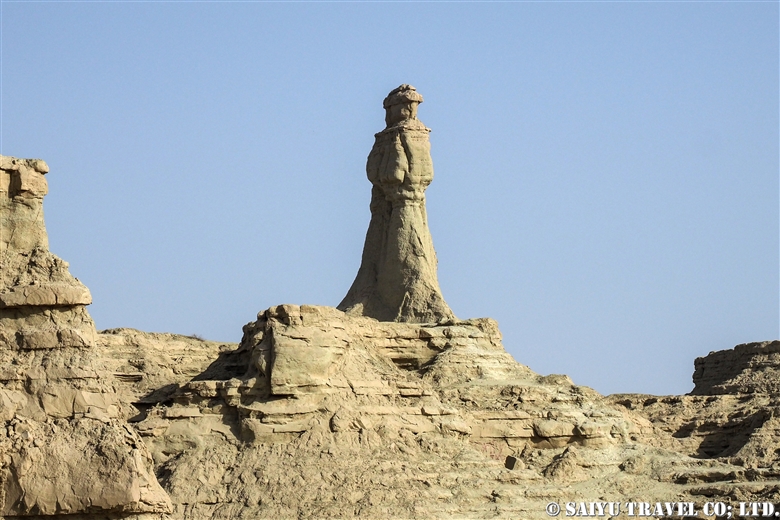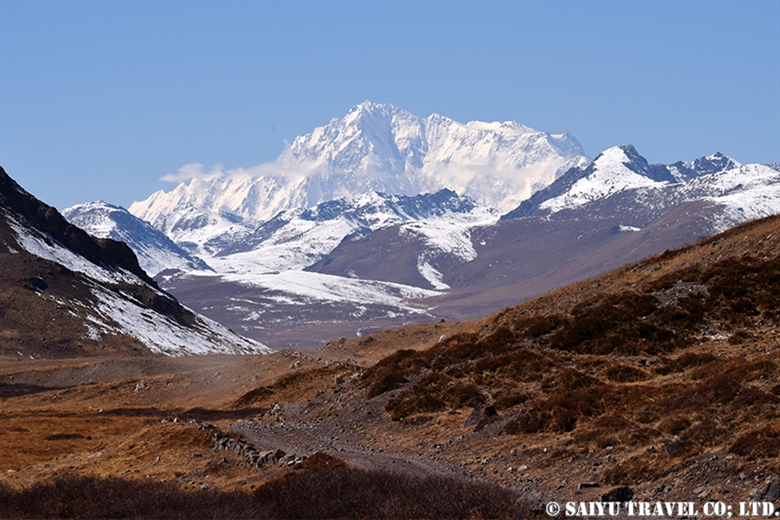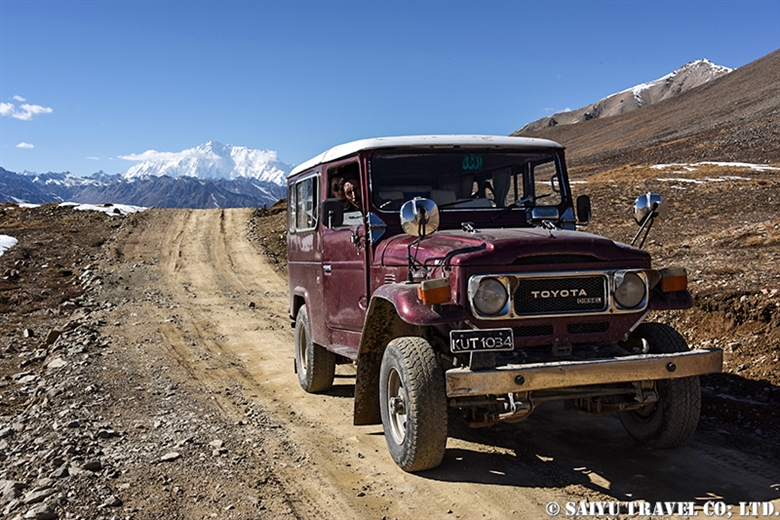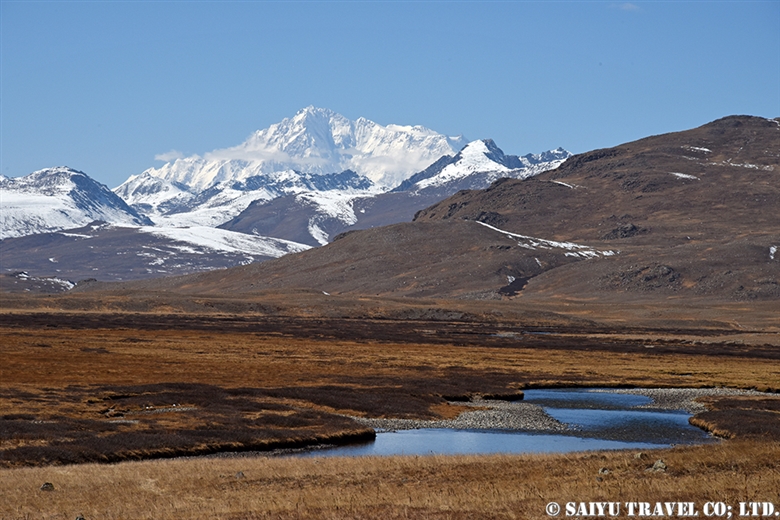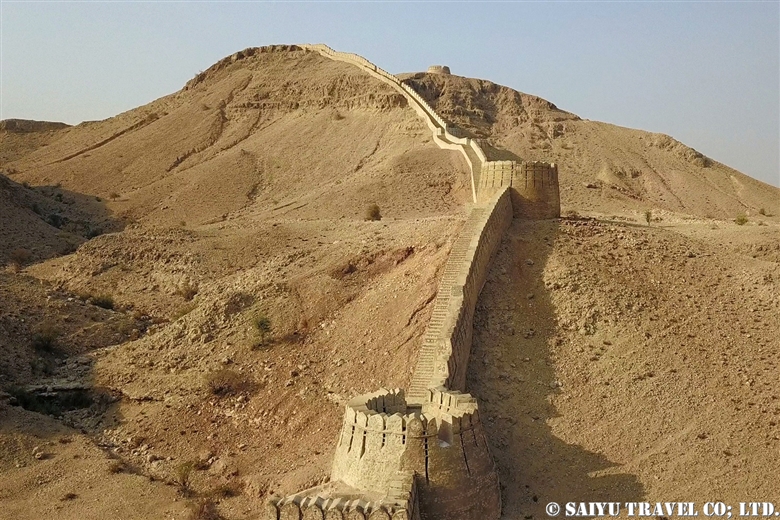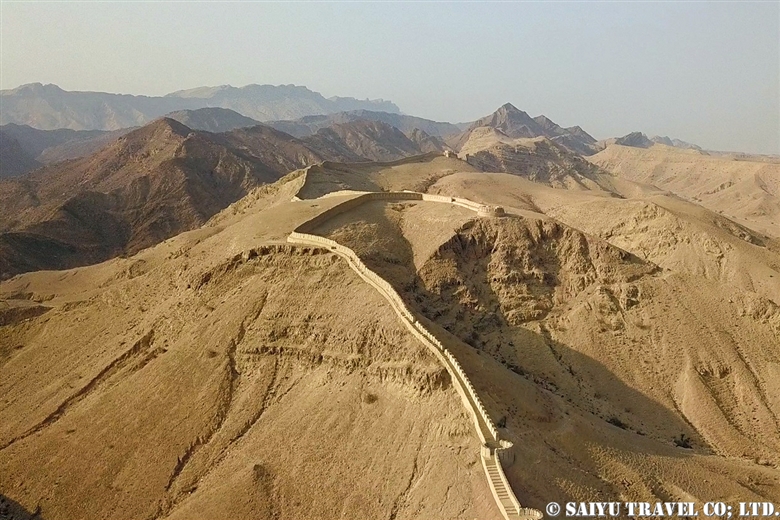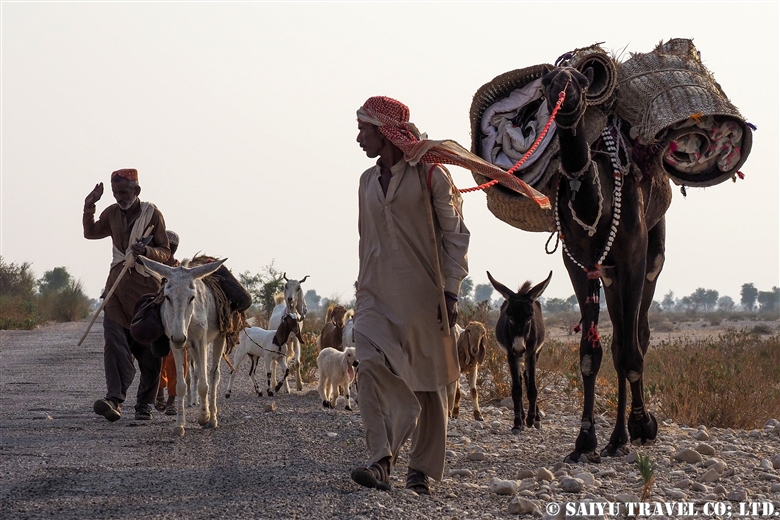
It is a record of a long time ago. In June, when there was a lot of snow, I climbed the Gondogoro La from the Hushe side.
The climbing on the Hushe side was long and challenging. Nevertheless, I continued to climb in the midst of the falling snow, and I was assuring myself not to expect the view of the mighty K2, “I may not see the scenery even if I go up”.
Indeed, it was enveloped in the clouds when we reached. I wanted to wait for a while but we couldn’t relax too much because we were worried about the risk of avalanche on our way back.
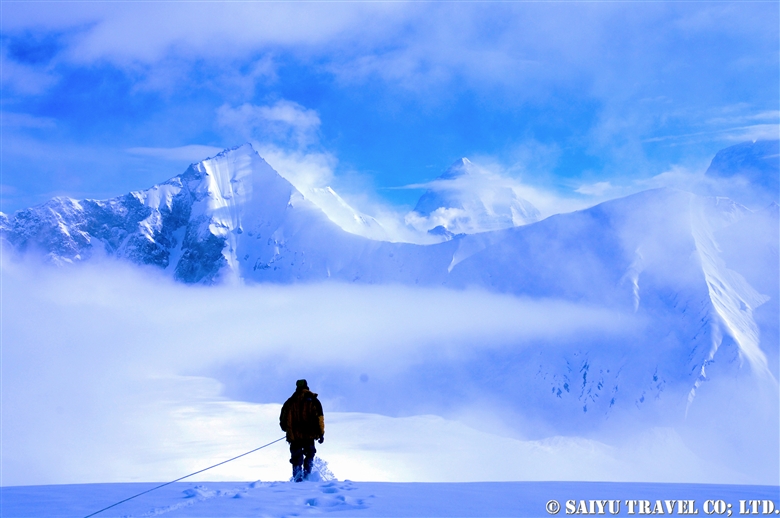
Suddenly, a miracle happened. The clouds ahead of the staff who went to Ali camp direction broke and K2 emerged from within.

View of K2 from Gondogoro La.

It was for a really short time, and a scene that I felt resembled “Space”.
The camera settings were also crazy during the climbing and the colors were a little funny. Nonetheless, every minute was rewarding.
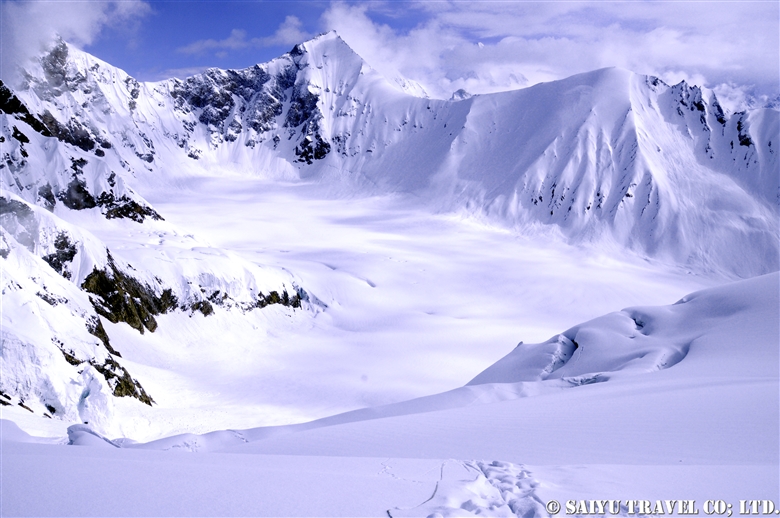
Ali Camp side from Gondogoro La.
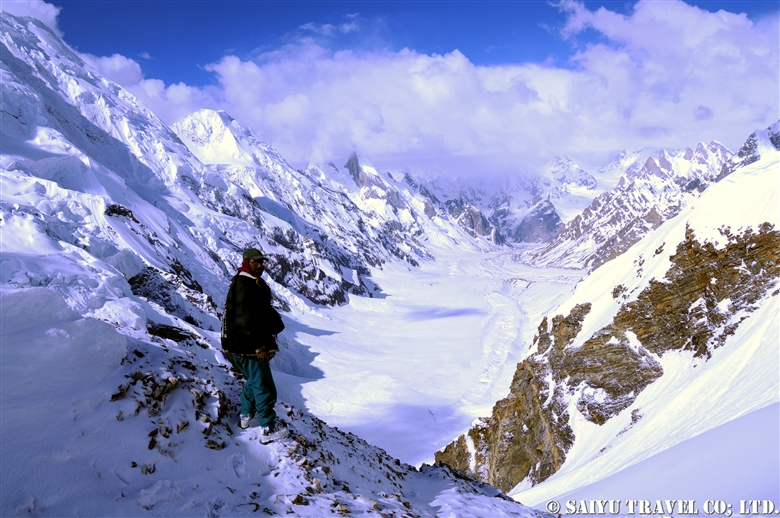
The way down to Hushe side, Khuspan Camp.
Finally, I went downhill at once to reach to our camp. At the camp, cook prepared some succulent “Tempura” for me… it was quite heavy after the climbing!
Photo & Text : Mariko SAWADA
Visit : Jun 2010, Gondogoro-la, Hushe Valley, Gilgit -Baltistan
Tag : Pakistan Travel company , Pakistan Travel Blog , Pakistan tour operator , pakistan Trecking , Pakistan Photography Tour , Travel Pakistan Blog , Traveling Pakistan , Indus Caravan , Gondogoro La , Saiyu Travel Pakistan , Hushe valley , K2 , Khuspan camp , Gondogoro La Trek , Pakistan Blog





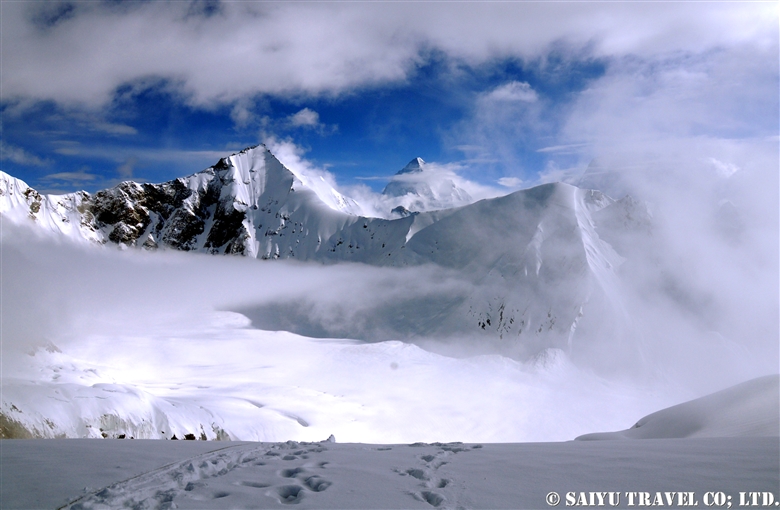
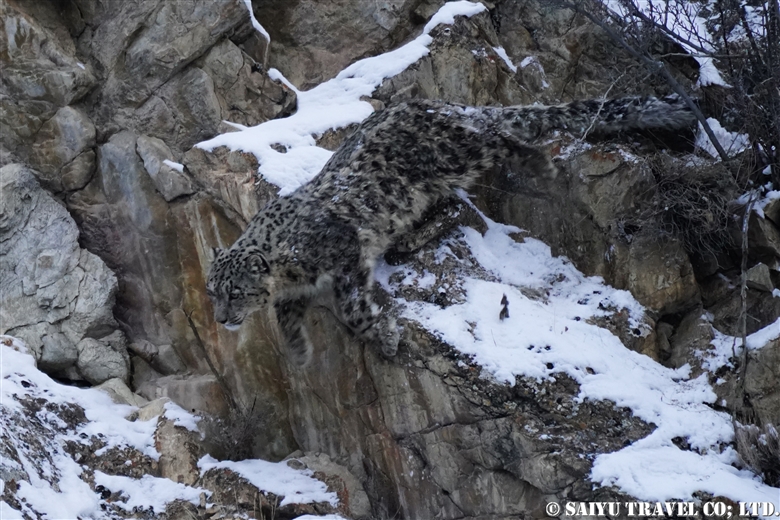


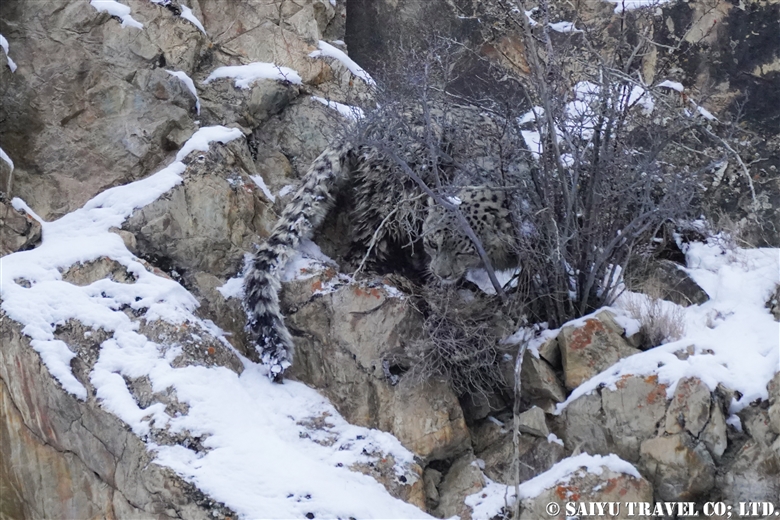
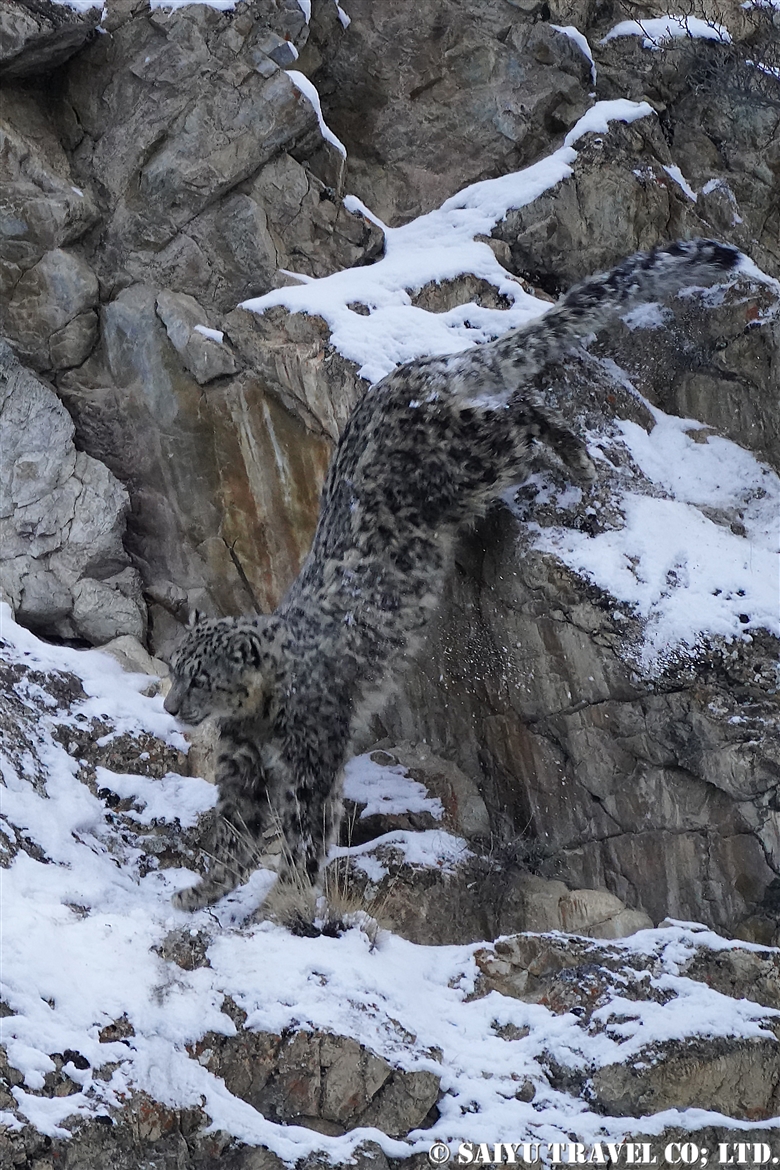
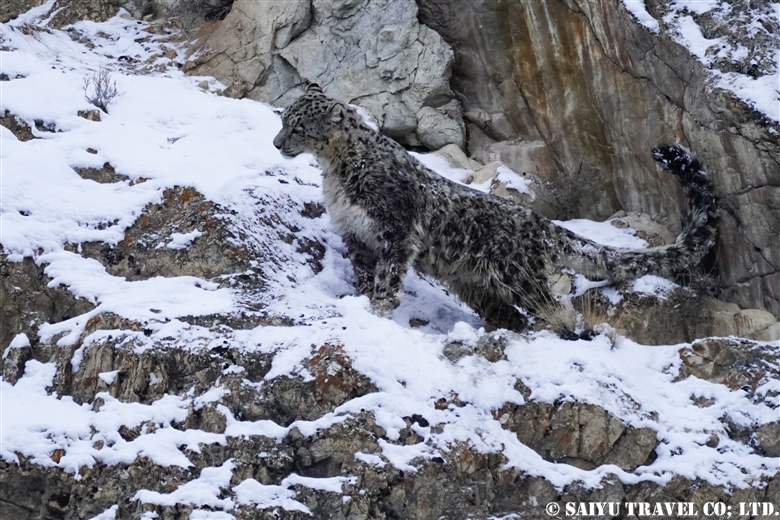



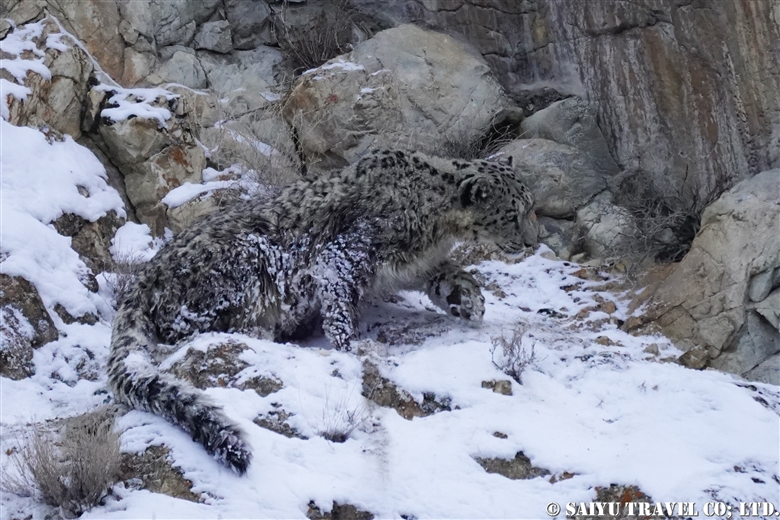
Mud-Volcano-Explorer|西遊旅行.jpeg)

















